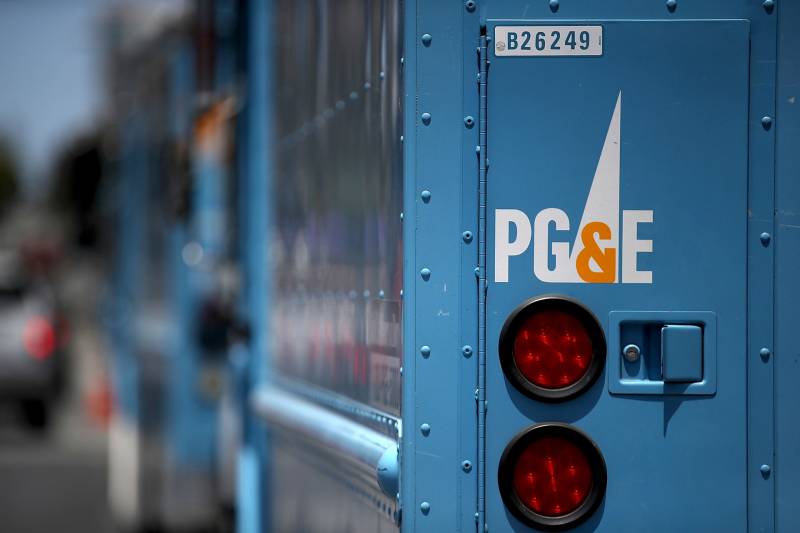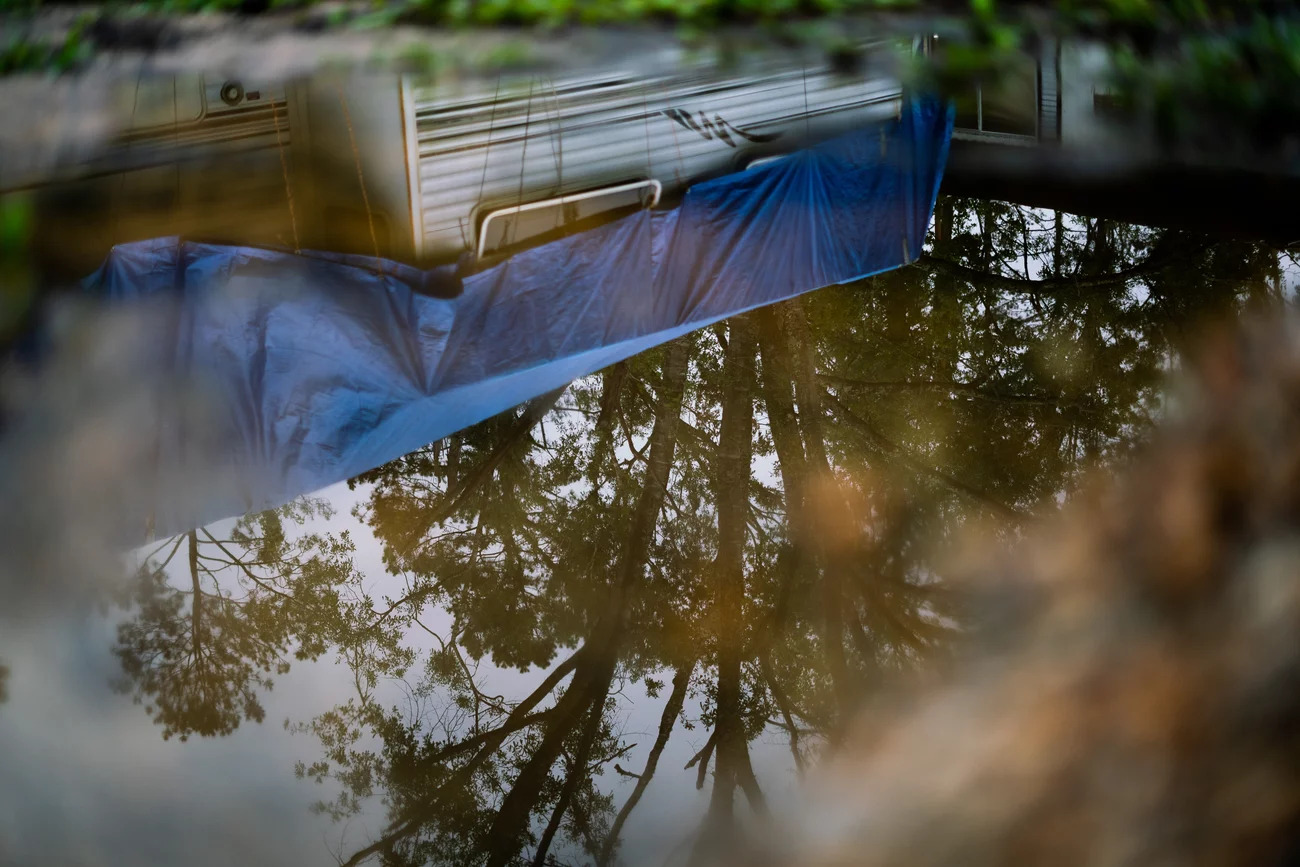Update 11:45 a.m., Friday: State energy regulators approved a plan Thursday that allows PG&E to raise rates on its customers to help the utility pay for burying power lines to prevent wildfires, as well as investments in clean energy.
PG&E plans to put more than 1,200 miles of lines underground in the most wildfire-prone parts of the state. The utility wanted to do more, but regulators said that plan was too expensive and didn’t think PG&E could complete the work on time.
“The alternate proposed decision reflects our expectation that PG&E must substantially drive down risks from its infrastructure and improve overall safety for ratepayers,” said Alice Busching Reynolds, president of the California Public Utilities Commission.
Ratepayers will see an average increase of about $30 a month on their bills next year.
Original story, 7:30 a.m., Thursday: California regulators plan to resume a vote on Thursday on whether to approve PG&E’s latest rate increase proposal, which has an estimated price tag of nearly $6 billion. If approved, the plan would result in an estimated monthly average customer rate increase of about $40.
The proposal would pay for the utility to bury 2,000 miles of its power lines by 2026. PG&E has said the plan would also fund investments in other wildfire mitigation work and clean energy growth, and it has argued that the undergrounding plan would help prevent its equipment from touching off the next big Northern California wildfire.
The California Public Utilities Commission bristled at the cost of PG&E’s proposal and expressed skepticism that the company could complete the undergrounding work on time.
The utility needs state approval to raise customer rates and to pay for the costly undergrounding.

